
Get the report
More
Sumo Logic offers best-in-class analytics solutions to plan, cutover and optimize your cloud migration.




Enterprises face several challenges when migrating to the cloud, including the need to keep services running smoothly while shifting to hybrid or multi-cloud environments.
By using legacy tools and processes incompatible with cloud environments, teams struggle with their migration planning and cannot quickly stand-up and prepare a well-managed cloud infrastructure for all data migration.
Whether it’s a lift and shift migration or re-architecting your applications for the cloud, setting up KPIs to ensure optimal performance across hybrid cloud and on-premises environments is complex, making it hard to recognize performance degradation.
Traditional, siloed processes for monitoring lack scalability and are not integrated into the full stack, resulting in poor visibility and frequent service outages that slow down incident detection and resolution.
While organizations embrace cloud adoption to advance their business, traditional security tools and outdated compliance processes lack the ability to protect these initiatives against modern threats, leaving dangerous blindspots.
Migrate critical business application workloads to the cloud to improve agility, operational resilience, workforce productivity and cost effectiveness.
Out-of-the-box cloud migration services offer real-time insights into the health and dependencies of your application architecture so you can make faster and smarter decisions during the migration process.
Automatically build a high-quality and real-time model of applications and their dependencies with the data-driven insights you need to lay the foundation for your cloud migration.
Easily create customizable application analytics with KPIs from structured and unstructured logs, traces and metrics. Instantly compare performance in on-premises, hybrid and public cloud environments and optimize applications before pushing them into production.
Create baselines for modern threats by measuring and comparing your data with community, industry and data science insights to continuously advance your security posture and remediation speed.
For more than a decade, enterprises have been relying on Sumo Logic’s cloud migration services to successfully migrate their critical business application workloads to the cloud across a variety of platforms.
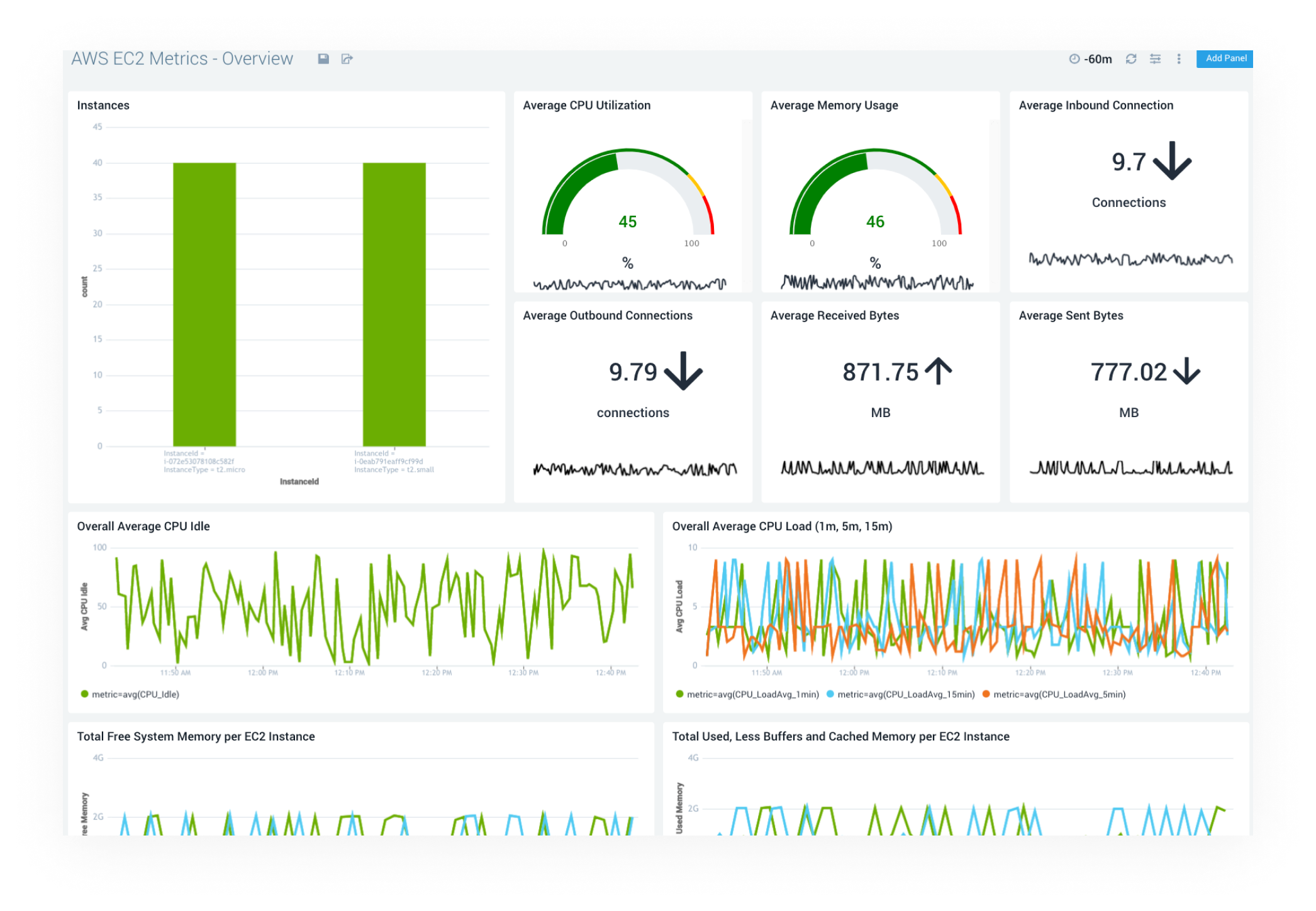
Unify your event logs, metrics and traces from Amazon Web Services, Microsoft Azure, Google Cloud Platform, VMware, Oracle, SAP and leading managed service provideres. Multi-cloud monitoring supports public and hybrid cloud environments.
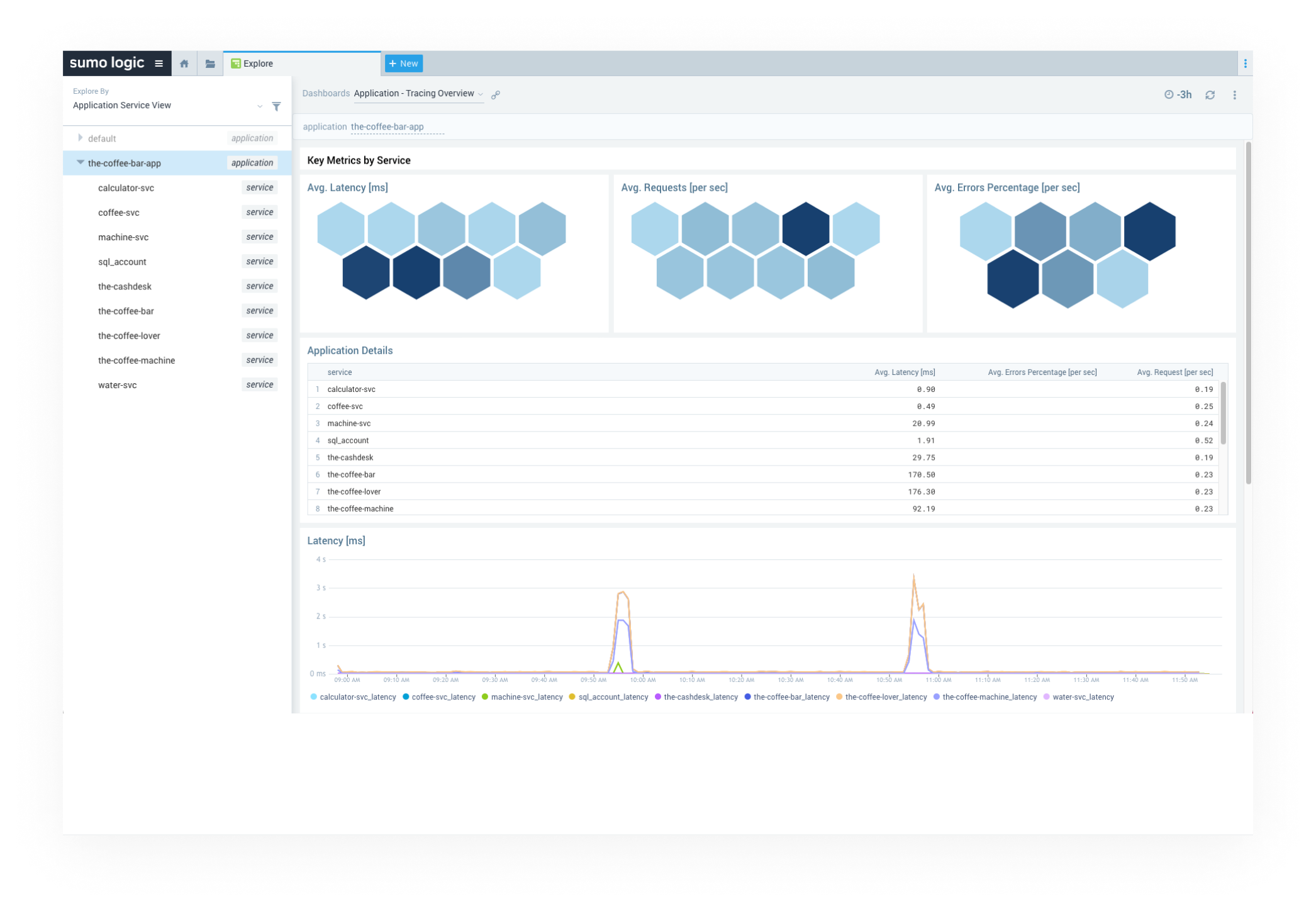
Our integrated observability and APM solution provides visibility for all of your applications during the entire migration project, so you can solve issues faster and ensure business continuity.
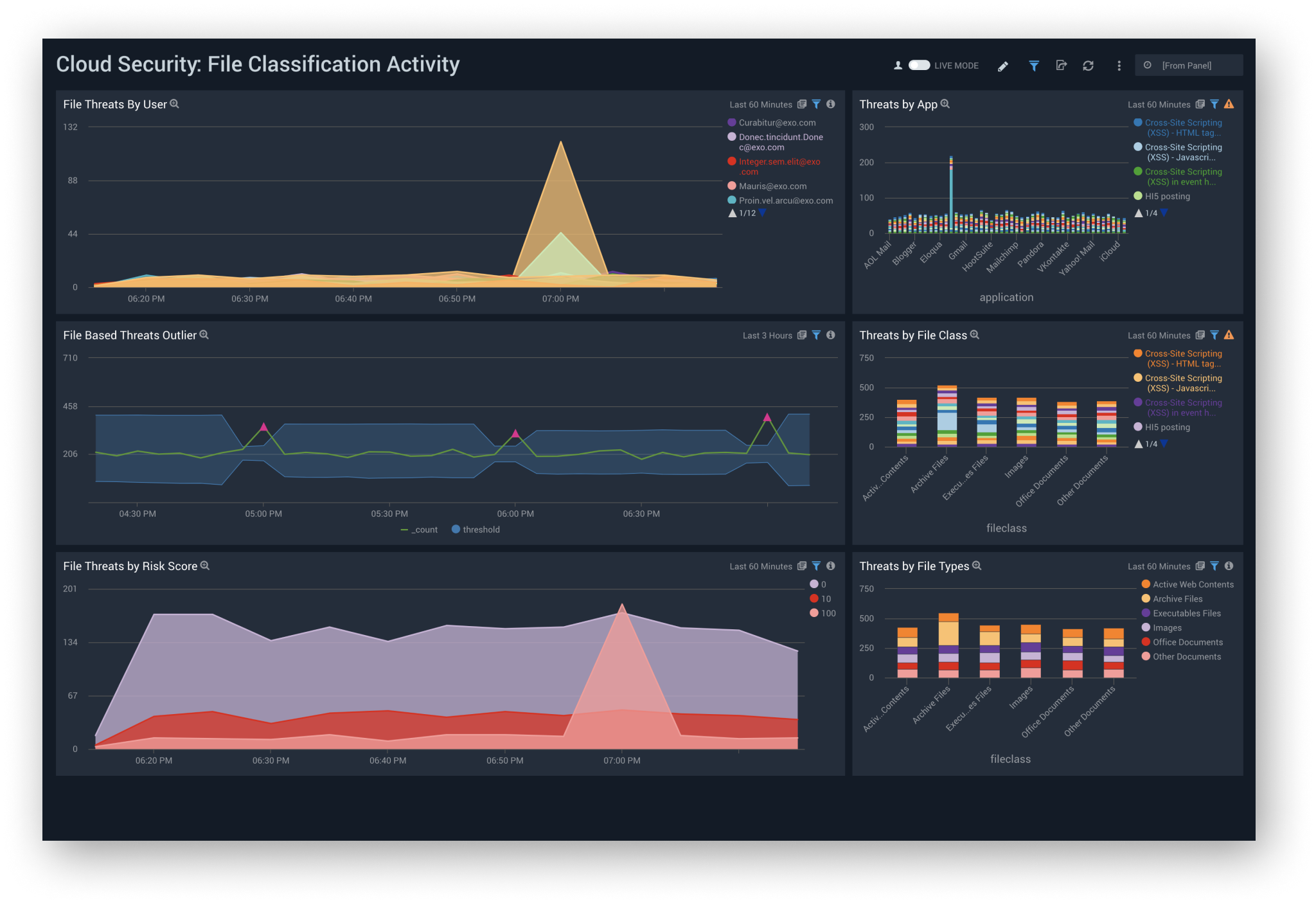
Modernize your security operations with cloud-based solutions that help you maintain infrastructure visibility during migration, access real-time insights and stay ahead of rapidly evolving threats.
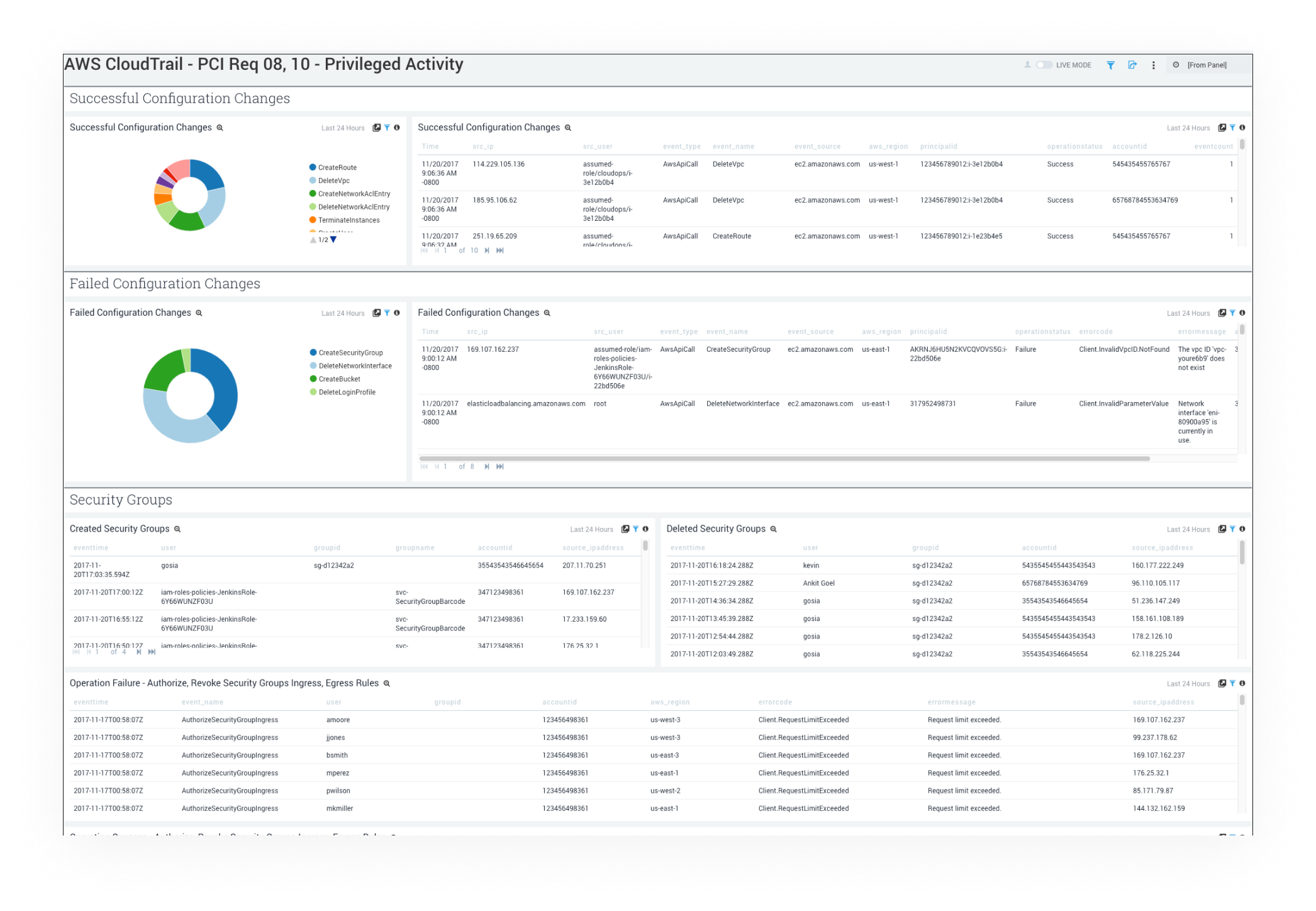
Decrease the risk of a security breach with compliance-ready solutions to support your digital services running in hybrid and multi-cloud environments.
Whether it’s AWS, Azure, GCP or other cloud vendors, Sumo Logic provides full-stack observability at scale with deep security insights for digital services across cloud platforms.
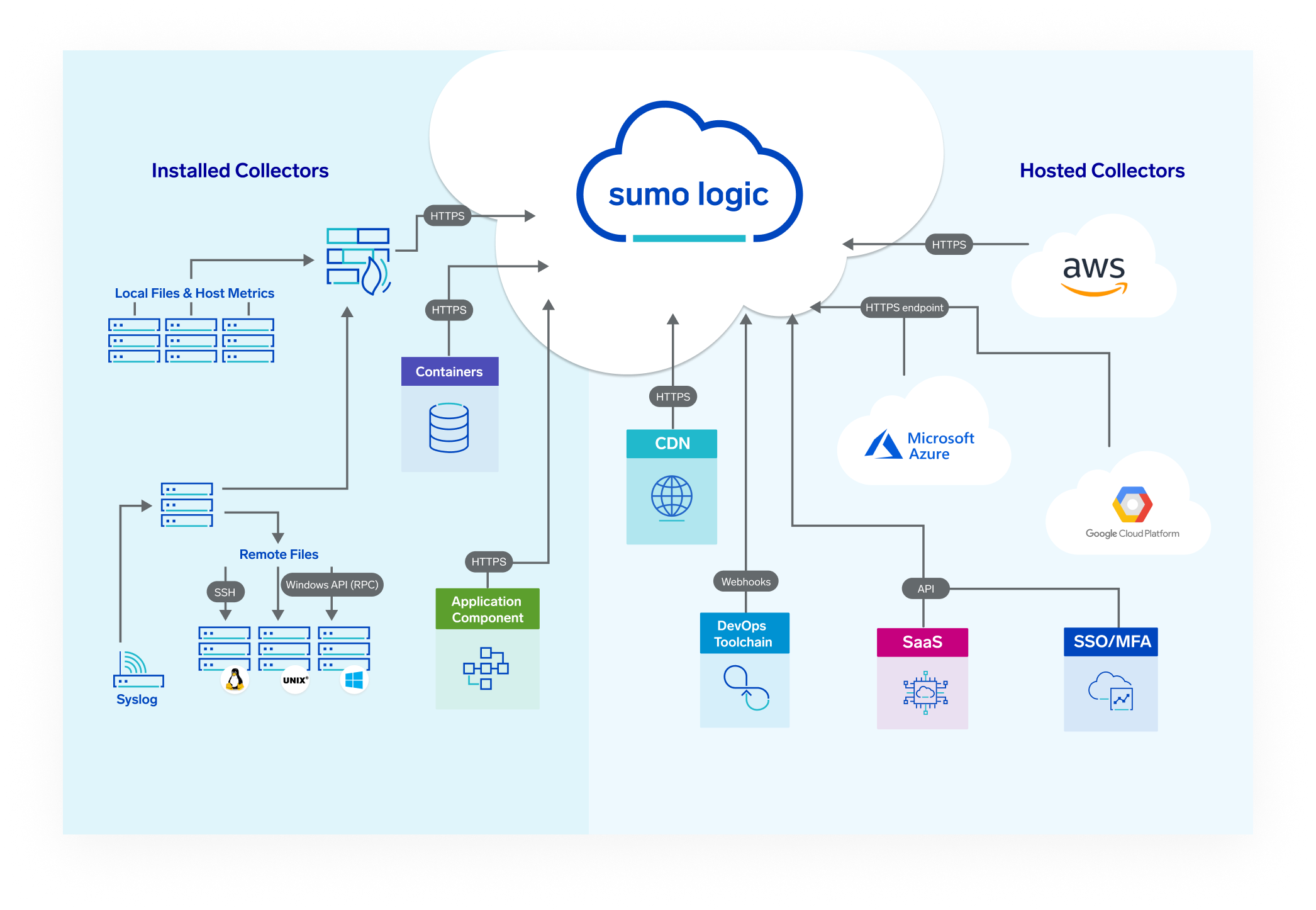
Better. Faster. Cheaper. That’s the promise of cloud-native. Sumo Logic offers a SaaS analytics platform to manage your cloud migration and fulfill that promise.
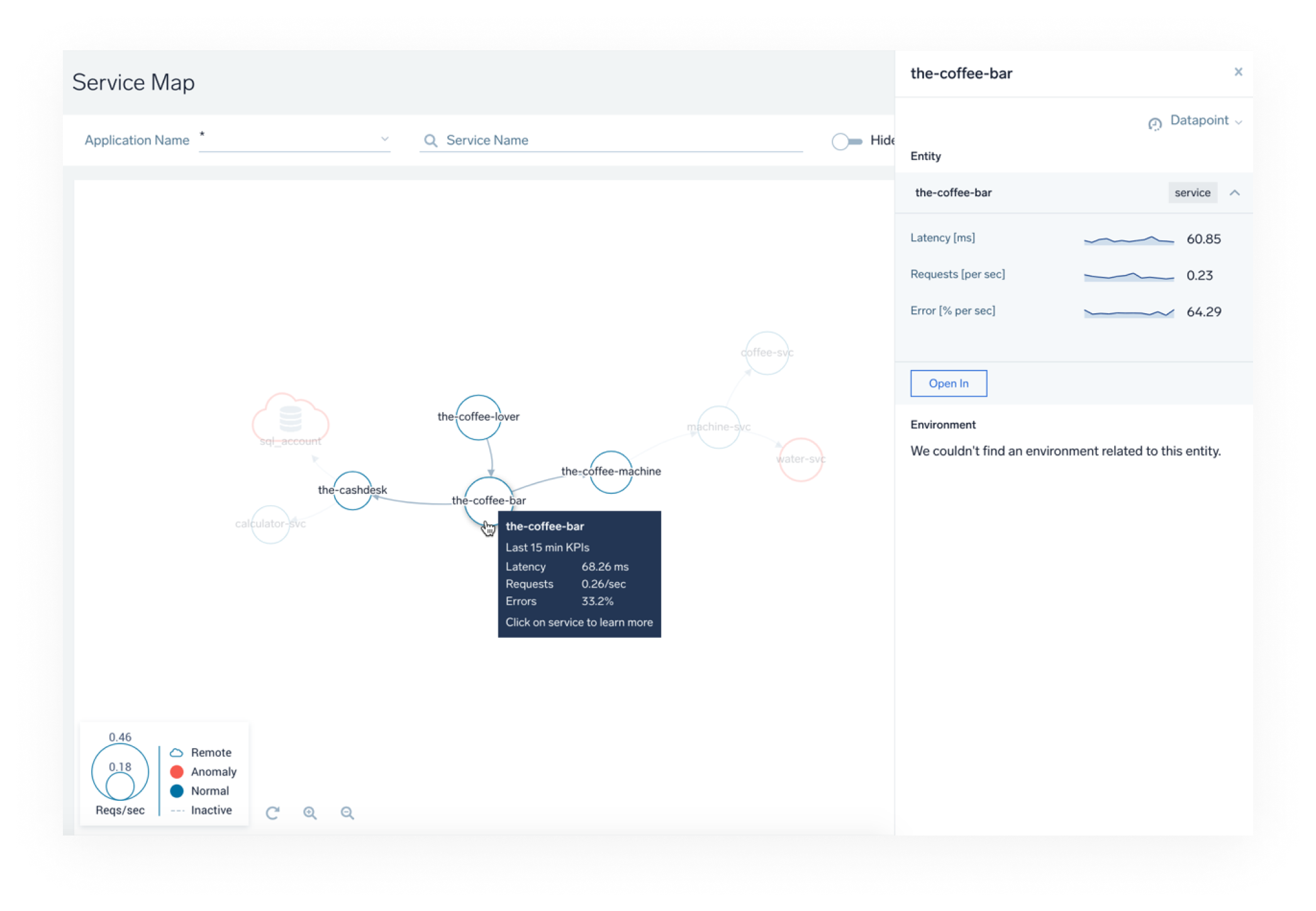
Out-of-the-box service maps and cloud performance dashboards offer real-time insights into the health and dependencies of your microservice and integration architecture.
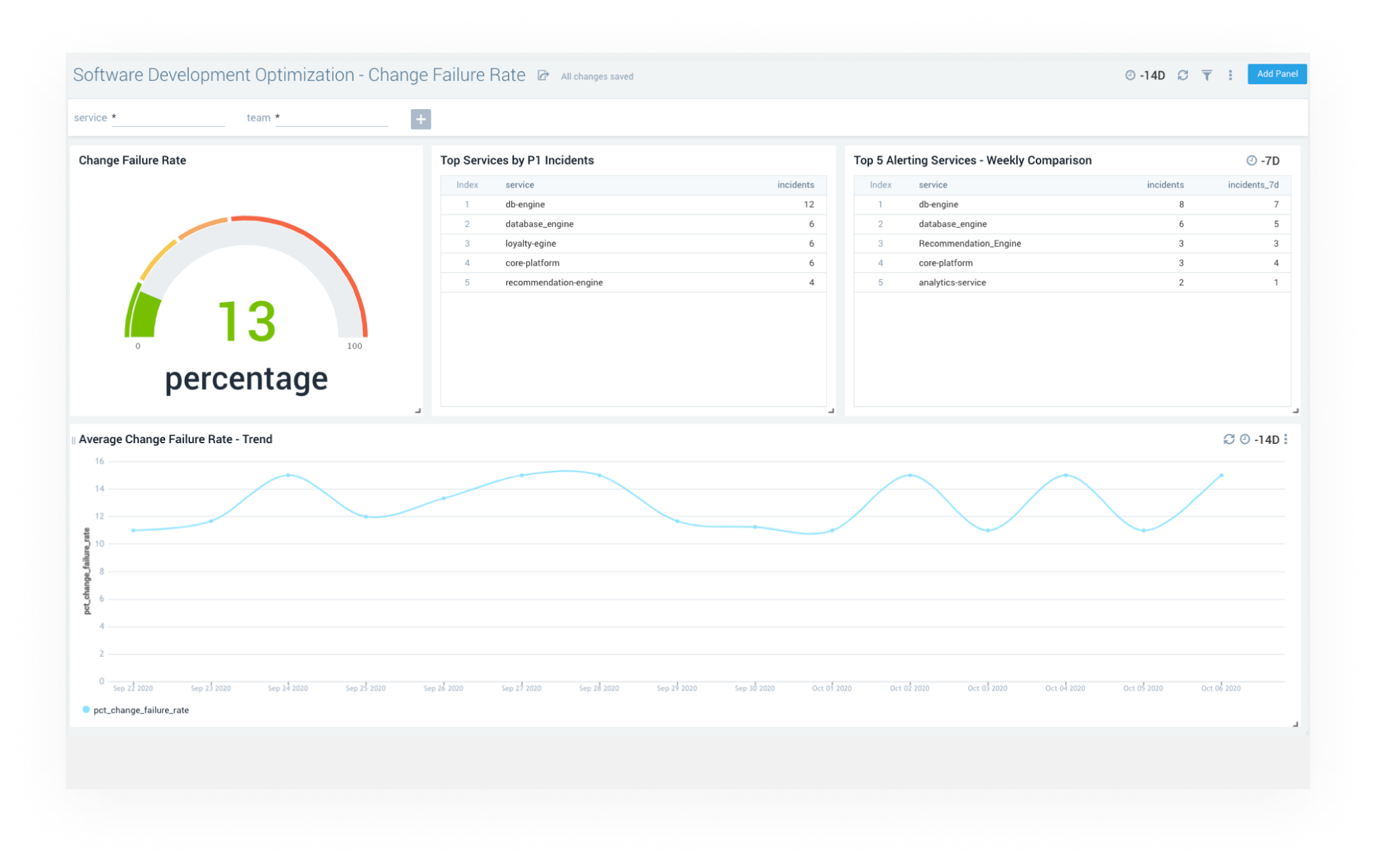
Automate and observe end-to-end application lifecycle processes across your supply chain, from development, to operations and security.
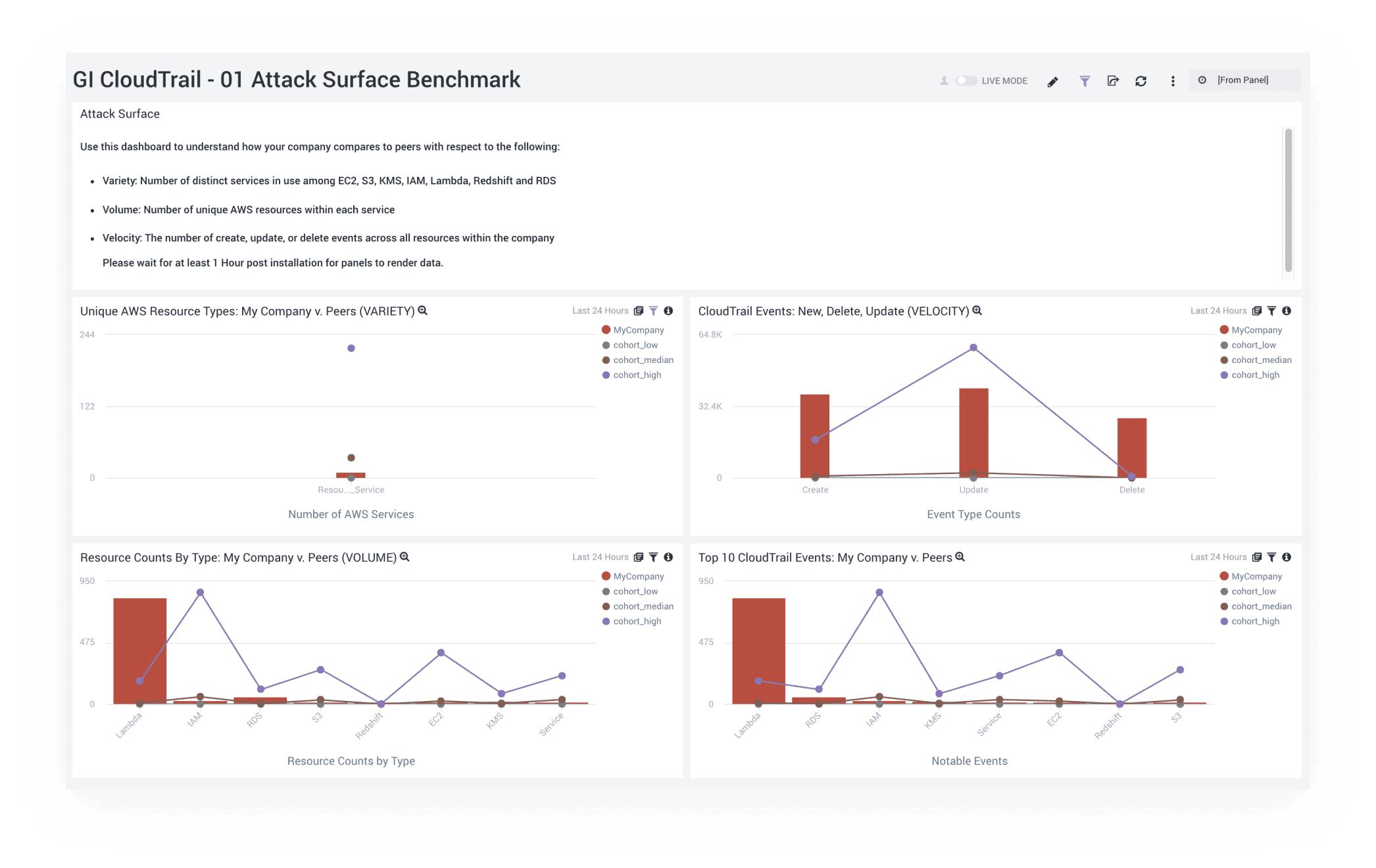
Compare web server and user activity patterns against other Sumo Logic customers' servers. Diagnose potential load, throughput or error issues in clusters to avoid operational incidents.
Cloud migration is the process of moving applications, data, and other components hosted on servers inside an organization to a cloud-based infrastructure.
Some of the leading cloud providers are Amazon AWS, Microsoft Azure, and Google Cloud Platform. These not only provide the hardware but also offer a variety of rich apps and services for continuous integration, data analytics, artificial intelligence and more. At Sumo Logic, our cloud-neutral products can easily integrate with most leading cloud-based solutions.
Organizations have traditionally been held back by the challenge of growing their information infrastructure. However, moving to the cloud adds tangible value to their outlook. Here are a few benefits:
Agility and speed
With the cloud, procurement of new inventory and storage space is reduced to a matter of days or even hours, giving businesses the agility to respond to a rapidly changing technological environment.
Operational efficiency
Cloud solutions make teams more productive. In distributed teams, the cloud removes region-specific dependencies, creating a basis for greater collaboration.
Security
Most popular cloud solutions have robust built-in security programs.
Bundled services
Cloud providers package built-in useful features, such as disaster recovery, automatic logging, monitoring and continuous deployment, as part of their solution.
Higher resource availability
Cloud systems limited downtime promise to increase the availability of resources, leading to better asset utilization and customer satisfaction.
Cost savings
At large volumes, the unit price of servers comes down noticeably in comparison with native data centers. The pay-as-you-use model provides the flexibility to counter seasonal demand and scale up or down as required by the business.
Gartner’s 5R’s – Rehost, Refactor, Revise, Rebuild, and Replace – is a great starting point for deciding on a cloud migration strategy. Here is a quick synopsis:
Rehost
Also called ‘lift and shift,’ rehosting is simply takes the existing data applications and redeploys them on cloud servers. This works great for beginners, who are not yet accustomed to provisioning workloads in the cloud or for systems where code modifications are extremely difficult.
Refactor
Also called ‘lift, tinker, and shift,’ refactoring involves making some optimizations and changes for the cloud and employing a platform-as-a-service (PaaS) model. Applications keep their core architecture unchanged but use cloud-based frameworks and tools.
Revise
This approach involves making architectural and code changes before migrating to the cloud. The objective is to optimize the application to take complete advantage of cloud services, such as introducing major changes to the code.
Rebuild
Similar to Revise in its big-bang approach, Rebuild discards the existing code base in favor of a new one. For example, moving from Java to .NET. This is a time-consuming process and is only used when there is consensus that the existing solution does not suit the changing business needs.
Replace
This strategy involves migrating to a third-party, vendor-based application from an existing native application. The existing application data needs to be migrated to the new system, however, everything else will be new.
Application migration describes the process of moving an application, along with its associated data and host servers, from one environment into another. As a growing number of enterprise organizations have adopted public and private cloud infrastructure, application migration frequently refers to the migration of enterprise applications from on-premise servers into private, public or hybrid cloud environments.
Challenges include differences between the original environment and the target environment which can necessitate changes to the application's functions or architecture. Unfamiliar security and compliance challenges may require the organization to develop new tools and capabilities for securing applications and data. Organizations that pursue application migration without a defined strategy may find their projects doomed for failure.
Organizations that are prepared to meet the challenges of application migration will find a range of potential strategies and software tools to facilitate and secure the application migration process.
Even successful cloud migration strategies are plagued by the challenges of unraveling complex, intertwined applications and limited visibility into the original computing environment.
All too often cloud computing initiatives don’t deliver the anticipated results. Sometimes the entire undertaking stalls or applications underperform in the cloud to the extent they must be “repatriated,” i.e., moved back on-prem.
To support a successful shift from on-premises to cloud computing, here are eight cloud best practices for cloud migration using a machine data aggregation and analytics platform to get you started:
Plan for the migration
Establish crucial KPIs
Monitor application performance
Validate security
Assure compliance
Benchmark and optimize
Codify monitoring workflows
Ensure data portability and interoperability
Moving to the cloud is a major undertaking, whether you’re rehosting, replatforming or refactoring. To make sure that everything is working and that there is a categorical improvement from pre-migration, KPIs must be established.
Here are several KPIs that operationalize cloud migration goals:
Both steady-state and peak server utilization, as expressed as a % of pre-migration levels.
Application availability levels (availability SLAs), as expressed as a % of pre-migration levels.
Comparison of new metrics versus documented benchmarks pre-migration. For applications that experience usage peaks and valleys, multiple and/or seasonal baselines must be documented and established to serve as benchmarks post-migration.
Your cloud migration KPIs can be broken down into more specific metrics. But tracking metrics without establishing the essential baseline metrics will lead you to make subjective assumptions.
By 2023, it is estimated that the cloud computing market will exceed $623.3 billion. Most businesses are either already moved to the cloud or in the process of migrating.
While cloud computing has many advantages, there are also pitfalls if cloud processes are not secured. For instance, if your employees work remotely and use their personal devices to access sensitive work-related data, they’re more likely to be exposed and fall victim to cyber attacks. The same goes for employees who use public networks instead of more secure private networks.
Cloud-based environments have many different points of entry. Securing these requires greater visibility across all endpoints. The rapid adoption of the cloud needs to be met with a strong security strategy to respond to the evolving threat landscape and effectively protect vital business assets.


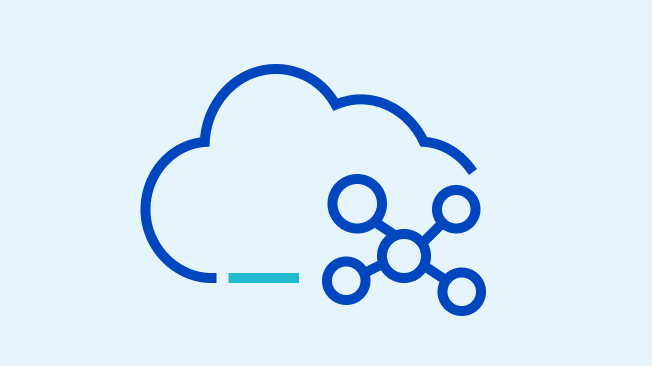


Hundreds of integrations to accelerate your cloud migration.